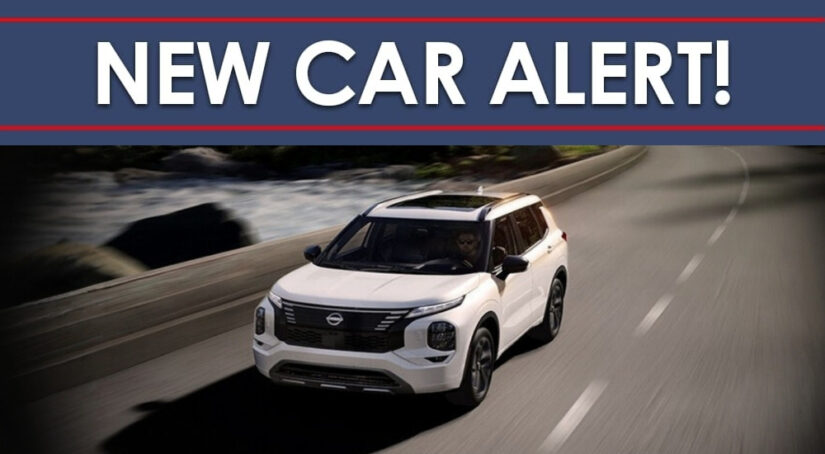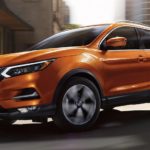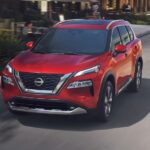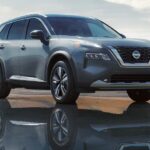Nissan has been rapidly electrifying its lineup in overseas markets. If you live in Japan or Europe, for instance, you can purchase the Nissan X-Trail (the compact SUV we know as the Nissan Rogue) with the brand’s innovative e-Power hybrid system. This sequential hybrid technology drives like an electric vehicle, using its gasoline engine purely as a generator.
Today, Nissan has announced that the United States will also be getting a hybrid version of the Rogue for the first time since the short-lived Rogue Hybrid was discontinued after 2019. But the all-new 2026 Nissan Rogue Plug-In Hybrid is not the same as the electrified model sold overseas. In fact, it’s not even a real Nissan.
Pulling Water Chestnuts Out of the Fire
It’s no secret that Nissan is in considerable trouble these days and is barely turning a profit. Earlier this month, the brand actually sold its Tokyo headquarters to raise some quick cash. One of the reasons behind its financial troubles is its increasingly stale lineup, but it also doesn’t have the funds to design a slate of new models. To resolve this quandary, Nissan has turned to its longstanding partner (and equally troubled brand), Mitsubishi.
While Mitsubishi may be barely limping along here in the United States, the brand has long been a pioneer in electrified vehicle technology. In fact, its Outlander Plug-In Hybrid was the world’s first PHEV SUV. Nissan is now leaning on that expertise to accelerate its rollout of new hybrid models for the American market. Rather than bring its e-Power hybrid to our shores, which would likely be a prolonged and expensive process to certify it to meet American standards, Nissan has simply tapped Mitsubishi to produce a rebadged version of the Outlander PHEV.
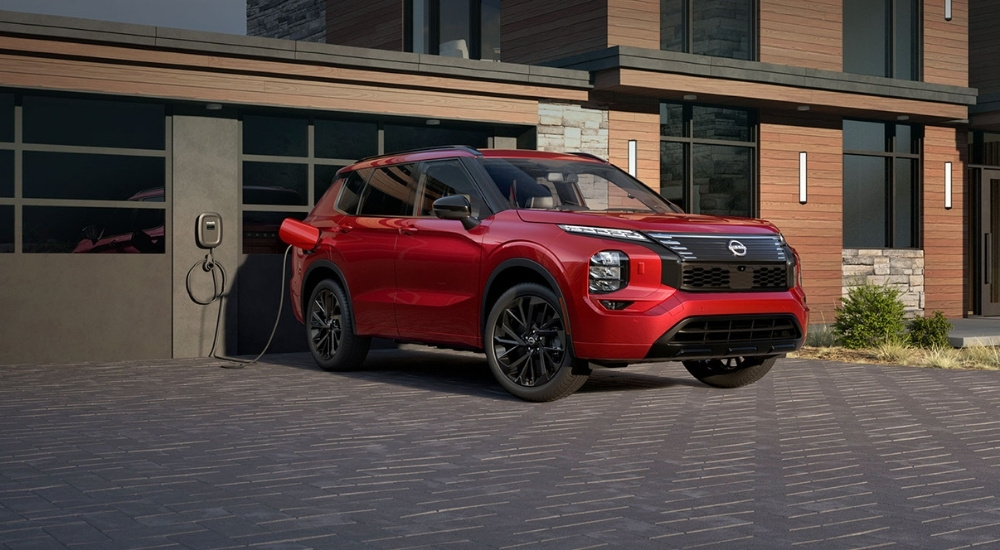
An Outlander By Any Other Name
One look at the new 2026 Rogue PHEV is all it takes to recognize that this is not a new powertrain in the Rogue we all know, but rather a new vehicle altogether. The lines of the vehicle are completely different, and the face is dominated by Mitsubishi’s signature large split headlights. While the grille does flare slightly towards the top, it is a far cry from Nissan’s iconic V-Motion design. Just about the only design detail that is different between the Outlander PHEV and the Rogue PHEV is that Mitsubishi’s three-diamond badge has been replaced by the Nissan bar and circle.
Underneath the skin, the Rogue PHEV is also identical to the Outlander PHEV, but that’s not a bad thing. Mitsubishi’s plug-in hybrid technology is actually quite capable and deserves to be better recognized. Similar to Nissan’s e-Power technology, Mitsubishi’s powertrain is primarily a sequential hybrid that uses the gasoline engine as a generator to power the battery pack. However, Mitsubishi also designed the gasoline engine to clutch directly to the wheels to provide an extra power boost when needed.
In the 2026 Rogue PHEV, this system is good for an impressive 248 hp and 332 lb-ft of torque, just like the Outlander PHEV. That’s a substantial step up from the 201 hp and 225 lb-ft in the gas-powered Rogue, and the plug-in version’s 20 kWh battery pack is good for an estimated 38 miles of all-electric range. Since the average American has a round-trip commute of around 30 miles, that’s enough for most people to get to work and back without burning any gas.
However, unlike the Outlander PHEV, the Rogue PHEV is not compatible with Level 3 DC fast charging, so topping up the battery on the go will likely prove impractical (although the Outlander PHEV still relies on the obsolete CHAdeMO charge port, so it makes sense why Nissan dropped that feature). Still, the J1772 Level 2 charge port can fully recharge the battery in 7.5 hours, giving you a full charge overnight so you’ll be ready to go every morning.
Will the Rogue PHEV Be a Success?
Overall, the new 2026 Rogue PHEV is a solid entry in the plug-in hybrid SUV segment—as it should be, given that it’s just a rebadged version of the proven model that created the segment in 2013. However, PHEV models tend to be less popular than either traditional hybrids or fully electric vehicles, and in many ways combine the worst of both worlds. Even if the Rogue PHEV is a good fit for your needs, it probably makes sense to check out the Outlander PHEV instead, as it offers DC fast charging, and you may be able to get a better deal from the less popular brand.
While the 2026 Rogue PHEV is a welcome addition to the Nissan lineup, it comes across as a stopgap product to round out a lineup that is sorely lacking a hybrid option rather than a long-term solution. Hopefully, it gives Nissan time to bring its e-Power hybrid technology to the American market so the Rogue can compete on more even footing with models like the Toyota RAV4 Hybrid and Honda CR-V Hybrid.
